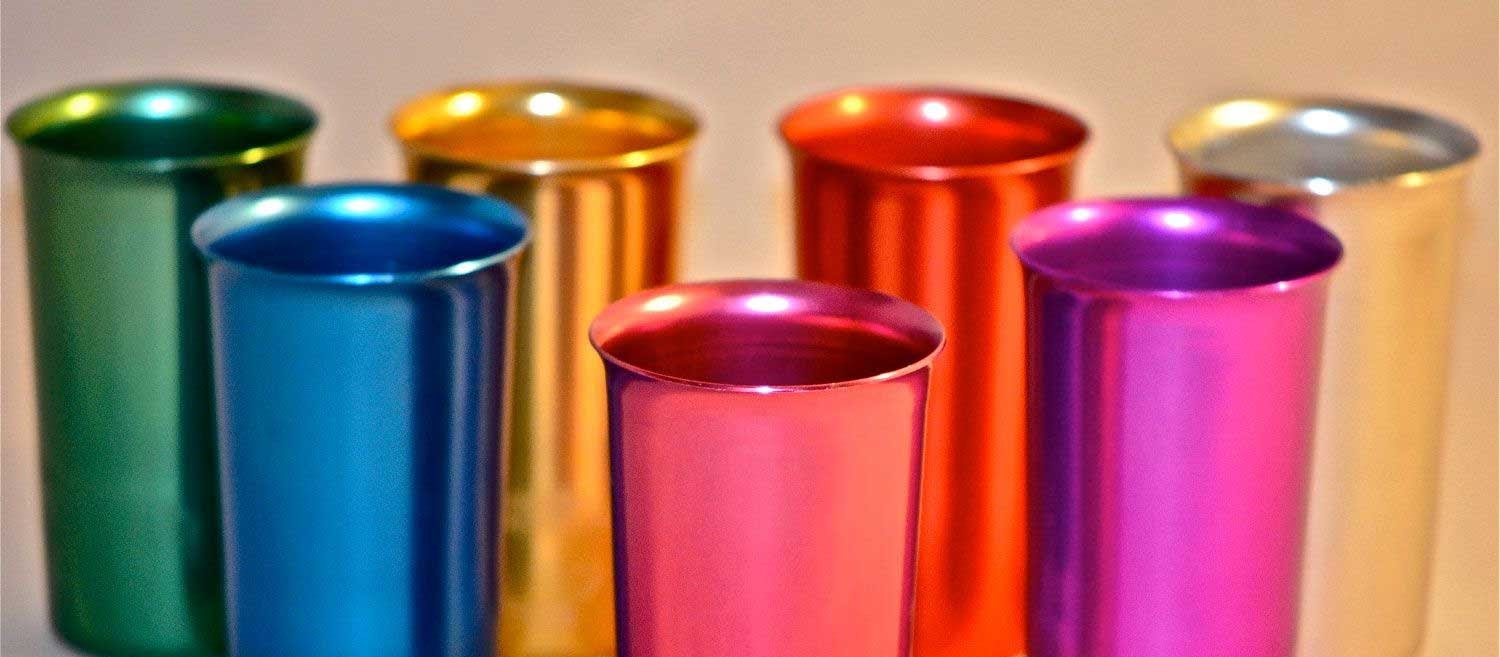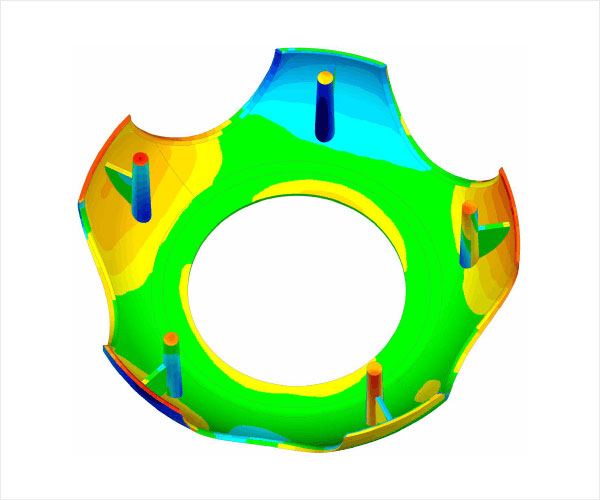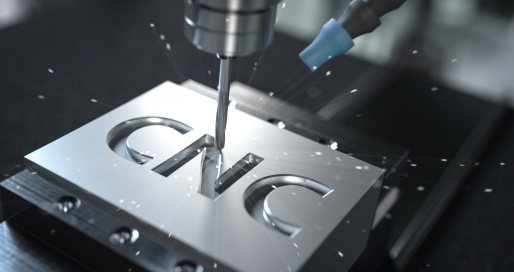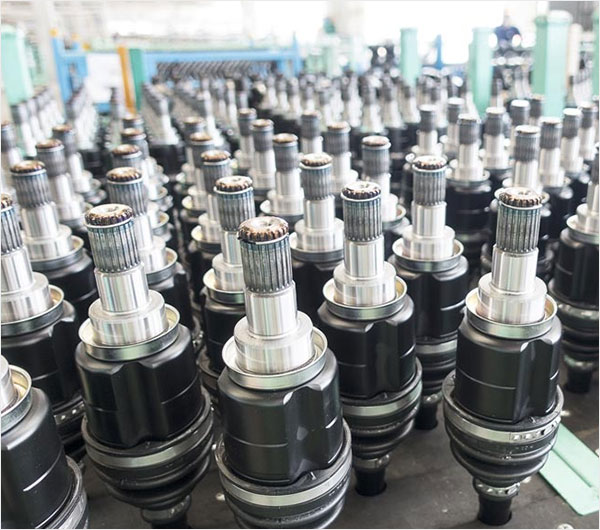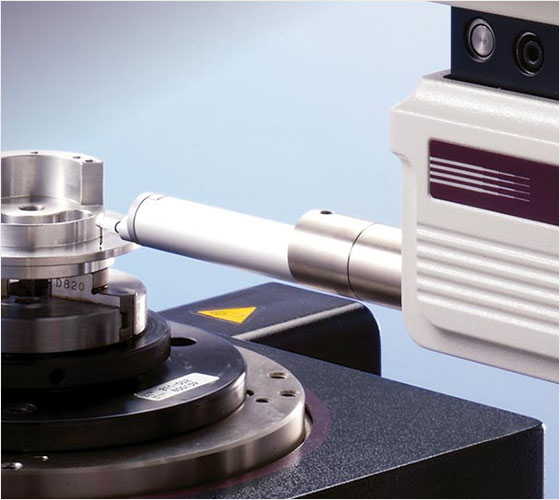Anodized Aluminum: Transforming Ordinary Metal into Durable, Versatile Masterpieces Across Industries
Anodized aluminum plays a crucial role in various industries, thanks to its enhanced properties. This process transforms ordinary aluminum into a more durable, corrosion-resistant, and aesthetically pleasing material. It’s especially important for products that face wear and tear or exposure to harsh conditions. The anodizing process not only extends the lifespan of aluminum products but also offers a range of colors for design versatility. From construction to kitchenware, anodized aluminum brings added value. It combines functionality with beauty, making it a popular choice for both practical and decorative applications. Understanding its importance helps us appreciate the innovation behind everyday items.
What is aluminum anodized?
Aluminum anodizing is a process that enhances the natural oxide layer on aluminum. It involves submerging the aluminum in an acid electrolyte bath and passing an electric current through it. This method thickens the oxide layer, making the aluminum more durable, corrosion-resistant, and wear-resistant. Anodized aluminum also has a porous surface, which is great for coloring. This means you can add various dyes for a decorative finish. The process is popular in industries like construction, automotive, and cookware. It’s an effective way to make aluminum products last longer and looks better. Plus, it’s environmentally friendly, adding to its appeal.
What Types of Aluminum Can Be Anodized?
Anodized aluminum, with its enhanced properties, serves a wide range of purposes across various industries. Here’s a detailed look at some of its primary uses:
Construction and Architecture
Anodized aluminum finds extensive use in building facades, window frames, and door frames due to its corrosion resistance. Its aesthetic appeal and ability to hold color make it ideal for decorative elements in buildings.
Automotive Industry
In the automotive sector, anodized aluminum is common for vehicle parts like engine components and trim due to its lightweight and durability. It also enhances the appearance of cars with its sleek, metallic finish.
Electronics and Appliances
Manufacturers use anodized aluminum in electronic devices like smartphones, laptops, and tablets for its protective qualities and sleek look. It’s also popular in kitchen appliances and cookware for its non-reactive surface and heat resistance.
Aerospace Applications
Due to its strength-to-weight ratio and resistance to harsh environmental conditions, anodized aluminum is perfect for aircraft parts. It helps reduce the overall weight of the aircraft while ensuring durability.
Sporting Goods
Sporting equipment like golf clubs, baseball bats, and camping gear often use anodized aluminum for its light weight and strength. This makes the equipment easier to handle and more durable.
Medical Equipment
Anodized aluminum is used in medical devices and equipment for its non-toxicity and easy sterilization. Its smooth, easy-to-clean surface is ideal for hospital and clinical environments.
Consumer Goods
Everyday items like watches, cameras, and flashlights benefit from the durability and aesthetic appeal of anodized aluminum. It adds a modern touch while ensuring the products last longer.
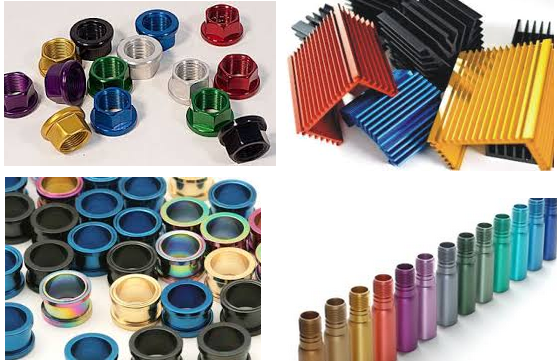
Benefits of Anodized Aluminum
Anodized aluminum offers a wealth of benefits, making it a favored choice for a variety of applications. Here are some key advantages:
Increased Durability: The anodizing process creates a hard, protective layer that makes aluminum more resistant to wear and tear. This ensures a longer lifespan for products made with anodized aluminum.
Corrosion Resistance: Anodized aluminum has a significantly enhanced resistance to corrosion. This is particularly beneficial in environments exposed to weather elements or corrosive substances.
Improved Aesthetics: Anodizing can add a visually appealing finish to aluminum. It allows for a variety of colors and textures, enhancing the visual appeal of products.
Non-Toxic and Safe: Anodized aluminum is non-toxic and does not degrade over time, making it safe for use in cookware and medical devices. It doesn’t release harmful substances even under high temperatures.
Heat Resistance: The anodized layer on aluminum reflects and withstands high temperatures, making it suitable for applications like kitchenware and automotive parts.
Enhanced Adhesion: The porous nature of anodized aluminum allows for better adhesion of glues and paints. This is particularly useful in applications requiring additional coatings or graphics.
Electrical Insulation: Anodizing aluminum also enhances its electrical insulation properties. This makes it a good choice for electronic housings and components where electrical insulation is important.
Eco-Friendly: The anodizing process is environmentally friendly, with minimal harmful effects. The aluminum remains recyclable even after anodizing, contributing to sustainability efforts.
Lightweight yet Strong: Despite its lightweight nature, anodized aluminum maintains high strength. This makes it ideal for applications where weight is a concern, like in aerospace and transportation.
What is the process of anodizing aluminum?
The process of anodizing aluminum is a fascinating and precise method that transforms the metal surface for enhanced performance and aesthetics. Here’s a detailed breakdown:
Cleaning the Aluminum: First, you need to thoroughly clean the aluminum piece. This step removes any dirt, grease, or other contaminants. Typically, cleaners use a chemical bath to ensure the aluminum is completely clean.
Pre-Treatment: Depending on the desired finish, the aluminum might undergo a pre-treatment process. This could involve etching or brightening to prepare the surface.
Anodizing: In the main stage, they submerge the aluminum in an acid electrolyte bath, such as sulfuric acid. Then, they pass an electrical current through the bath. This is where the magic happens. The electric current causes the aluminum’s surface to oxidize, forming a layer of aluminum oxide.
Coloring (Optional): After anodizing, you can color the aluminum if desired. There are two main methods for this – dyeing or electrolytic coloring. In dyeing, the aluminum absorbs a colored dye into the porous oxide layer. Electrolytic coloring involves passing electricity through the oxide layer in a colored solution, embedding the color into the aluminum.
Sealing: The final step is sealing the anodized aluminum. This process closes the pores in the oxide layer, locking in the color and increasing corrosion resistance. They usually achieve this by immersing the aluminum in boiling, deionized water or steam.
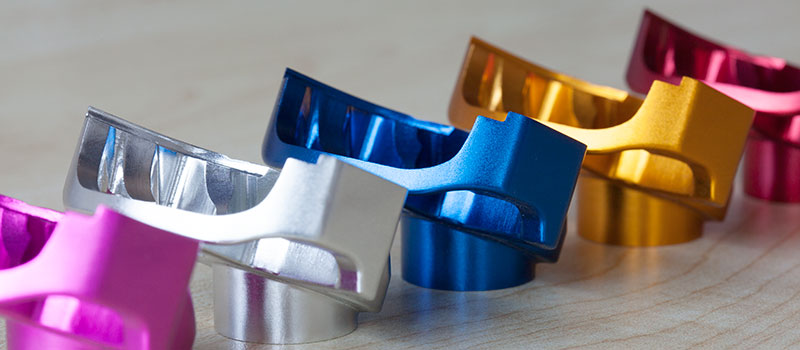
What Colors are Available in Anodized Aluminum?
Anodized aluminum offers a wide array of color options, adding a vibrant and diverse range to this versatile material. Here’s a look at the color possibilities:
Natural Metallic Silver: The classic anodized look is a sleek, metallic silver. It’s the natural color of the anodized layer without any dyes.
Black and Grays: Anodizing can produce various shades of black and gray. These colors provide a modern, sophisticated appearance for many products.
Blues and Greens: You can find a range of blues and greens, from light sky blue to deep navy, and from soft mint to rich emerald. These colors are great for a fresh, lively look.
Reds and Pinks: Options include various reds, from bright cherry to dark burgundy, and pinks from subtle blush to vibrant fuchsia. These add a bold, energetic touch.
Yellows and Golds: From lemon yellow to gold tones, these warm colors offer a bright, cheerful feel.
Purples: You can find anodized aluminum in shades of purple, from soft lavender to deep violet, adding a touch of elegance.
Bronze and Copper: These rich, warm tones mimic the look of aged metals, adding a classic, timeless element.
Custom Colors: Some manufacturers can create custom colors to match specific requirements, broadening the spectrum even further.
Each color in anodized aluminum not only enhances the aesthetic appeal but also maintains the material’s durability and corrosion resistance.



